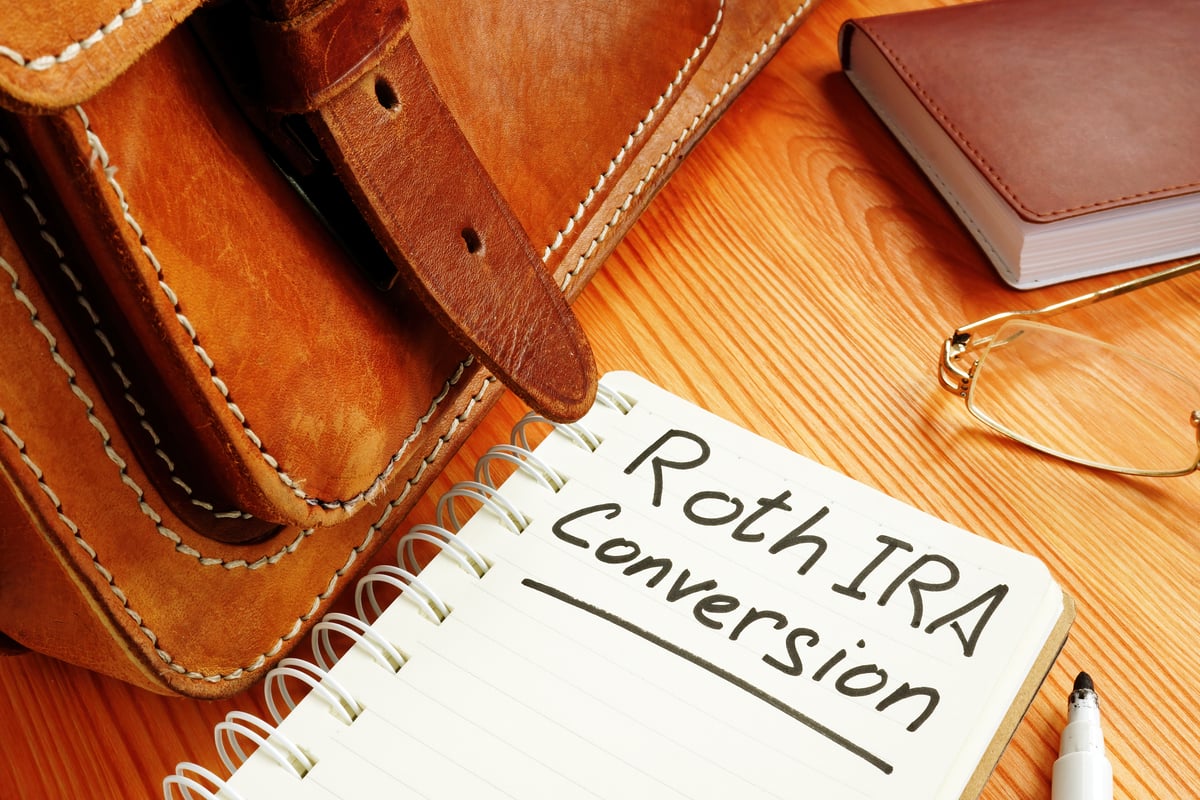RMD stands for a required minimum distribution, the amount of money you must start taking from your retirement accounts by April 1 of the year following the one when you turn 73 (or 75 if you were born in 1960 or later).
While some retirees count on their RMDs to cover expenses, others find they don't have an immediate use for the funds. However, RMDs are mandatory, and penalties apply to those who don't take them as required.
However, if your retirement plan includes continuing to work, you may be eligible for the "still working" exception. Here's what you need to know.

Image source: Getty Images.
Eligibility
To be eligible for the still-working exception, you must:
- Be actively employed by the business that sponsors your plan.
- Not own more than 5% of the business sponsoring the plan.
- Be contributing to a plan that has formally elected to include the still-working exception.
When retirement savings are from another employer-sponsored plan
Let's say you change jobs in your 50s, going to work for John's Battery Emporium. But while working for another company before that, you built a 401(k) worth $150,000. At age 73, you're going strong and continue to work for John's Battery Emporium, glad that your retirement savings can continue to grow.
However, you may be unable to postpone RMDs from a prior employer. Typically, you must take the distributions from any retirement funds invested through a former employer's plan at your normal RMD age. Check with the plan administrators at your current and former employers to ensure you're following the rules applicable to those specific plans.
The potential tax implications
Allowing your retirement account to grow with the still-working exemption may be the ideal option, but it's essential to consider the tax implications. Since you'll begin taking RMDs later, they will be larger than they would have been if you had taken them at the traditional age.
This is due to a higher life-expectancy factor. The larger the RMD, the higher your adjusted gross income -- and the more you'll owe in taxes.
Before deciding whether to use the still-working exemption, it might be wise to meet with a financial advisor or tax professional to determine if it's your best course of action. RMD rules and tax consequences can be complex, and there's no harm in asking a professional to offer insight.
A few details
The still-working exception includes several easy-to-overlook details. For example:
- In most cases, you should still be able to contribute to your employer's qualified retirement plan, no matter how old you are. You may also contribute to a traditional or Roth IRA if you meet income limits.
- The still-working exception does not apply to IRAs. If you've reached the age at which you're required to take RMDs, you'll have to take them from a traditional IRA. Roth IRAs have no RMD requirements.
- Oddly, nothing in the tax code covers the exact amount of time you must work to constitute "still working." This suggests you could work one day a week and still meet the requirements to delay taking RMDs. Again, speak with your plan administrator before deciding.
RMDs are mandatory, but it's good to know you may have another choice if you're still working and would prefer to wait. Your best bet is to speak with your plan administrator to see if waiting is possible and consider meeting with a financial advisor or tax specialist before deciding which option will benefit you most.





